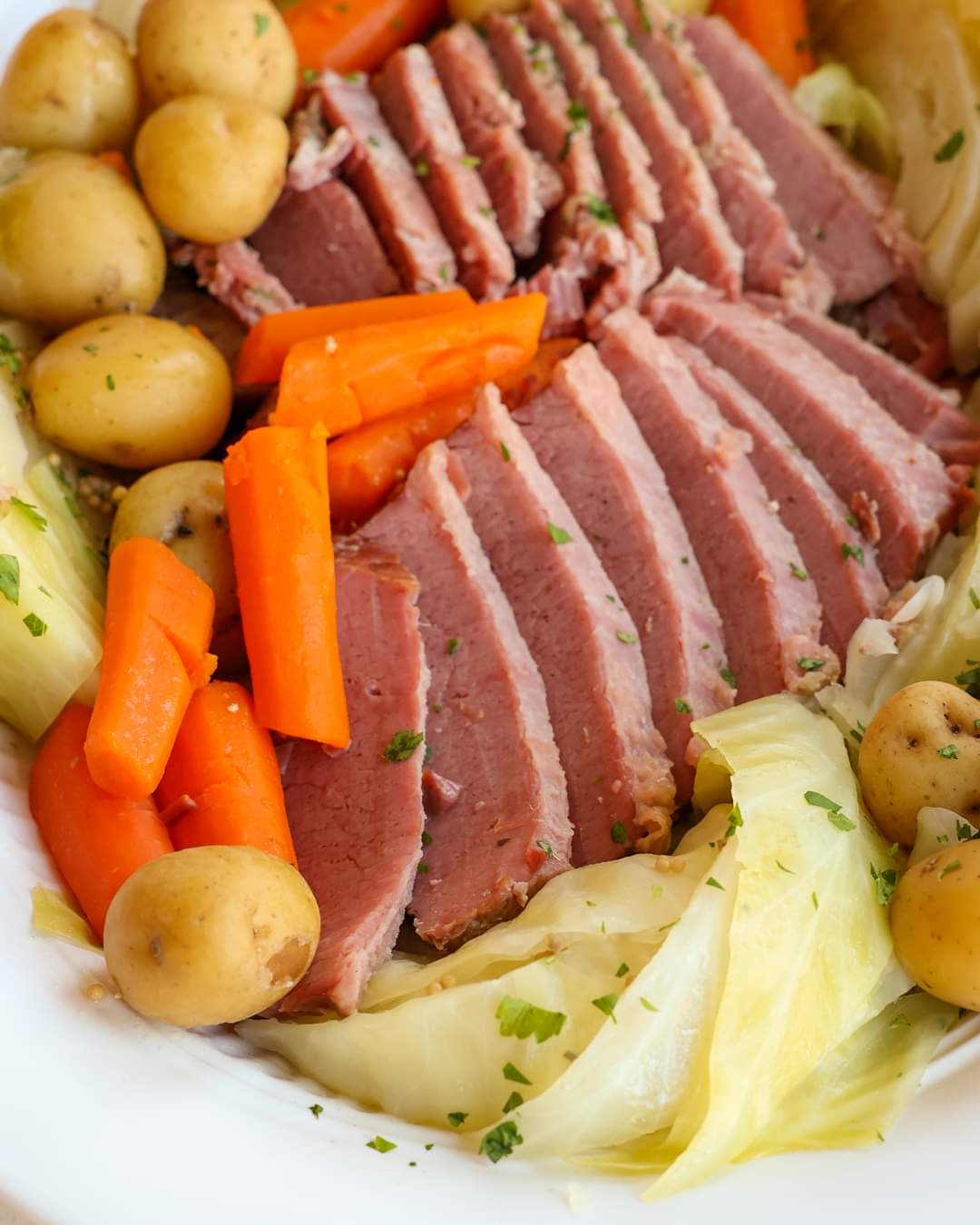The Ultimate Guide to Corned Beef and Cabbage: A St. Patrick’s Day Tradition
St. Patrick’s Day is around the corner, and what better way to celebrate than with a hearty dish of corned beef and cabbage? This classic Irish-American meal has been a staple for generations, enjoyed by families and friends alike. In this comprehensive guide, we’ll delve into the origins of corned beef and cabbage, how to prepare it, variations of the dish, and why it’s such a beloved tradition.
Origins of Corned Beef and Cabbage
Contrary to popular belief, corned beef and cabbage didn’t actually originate in Ireland. In fact, it was the Irish immigrants who brought this dish to America in the 19th century. Back in Ireland, pork was the preferred meat, but when Irish immigrants settled in the United States, beef was more readily available and affordable. They adapted their traditional bacon and cabbage dish to include beef, thus creating what we now know as corned beef and cabbage.
How to Prepare Corned Beef and Cabbage
Preparing corned beef and cabbage is a relatively simple process, but it requires some time and patience to achieve that tender, flavorful result. Here’s a step-by-step guide:
Ingredients:
- 1 corned beef brisket (approximately 3-4 pounds)
- 1 head of cabbage, cored and sliced
- 6 potatoes, peeled and quartered
- 4 carrots, peeled and cut into chunks
- 1 onion, sliced
- 3 cloves of garlic, minced
- Whole black peppercorns
- Bay leaves
Instructions:
- Rinse the corned beef brisket under cold water to remove any excess brine.
- Place the brisket in a large pot or Dutch oven and cover it with water.
- Add the peppercorns, bay leaves, onion, and garlic to the pot.
- Bring the water to a boil, then reduce the heat and simmer for 2-3 hours, or until the brisket is fork-tender.
- Add the potatoes and carrots to the pot and continue to cook for another 30 minutes, or until the vegetables are tender.
- Finally, add the sliced cabbage to the pot and cook for an additional 10-15 minutes, until wilted but still slightly crisp.
- Remove the brisket from the pot and let it rest for a few minutes before slicing it against the grain.
- Serve the sliced corned beef with the cooked vegetables and enjoy!
Variations of Corned Beef and Cabbage
While the classic recipe for corned beef and cabbage is delicious on its own, there are plenty of variations to suit different tastes and dietary preferences. Here are a few ideas to spice up this traditional dish:
| Variation | Ingredients | Instructions |
|---|---|---|
| Stout-Braised Corned Beef | Corned beef brisket, stout beer, brown sugar | Replace water with stout beer in cooking liquid. Add brown sugar for a sweet and savory flavor. |
| Glazed Corned Beef | Corned beef brisket, brown sugar, mustard | Mix brown sugar and mustard to create a glaze. Brush it over the brisket before baking. |
| Slow Cooker Corned Beef | Corned beef brisket, potatoes, carrots, cabbage | Place all ingredients in a slow cooker and cook on low for 8-10 hours, or until tender. |
Why Corned Beef and Cabbage is a Beloved Tradition
Corned beef and cabbage has become synonymous with St. Patrick’s Day celebrations, but its popularity extends far beyond just one day of the year. Here are a few reasons why this dish is beloved by so many:
- Comfort Food: Corned beef and cabbage is the epitome of comfort food, with its tender meat and hearty vegetables warming the soul on even the coldest of days.
- Easy to Make: Despite its impressive appearance, corned beef and cabbage is surprisingly easy to make, making it accessible to home cooks of all skill levels.
- Versatile: As demonstrated by the variations above, corned beef and cabbage is a versatile dish that can be customized to suit different tastes and dietary restrictions.
- Cultural Significance: For many Irish-Americans, corned beef and cabbage is more than just a meal—it’s a connection to their heritage and a way to celebrate their roots.
So whether you’re Irish or just Irish-at-heart, consider adding corned beef and cabbage to your St. Patrick’s Day menu this year. It’s a delicious way to honor tradition and create new memories with family and friends. Sláinte

